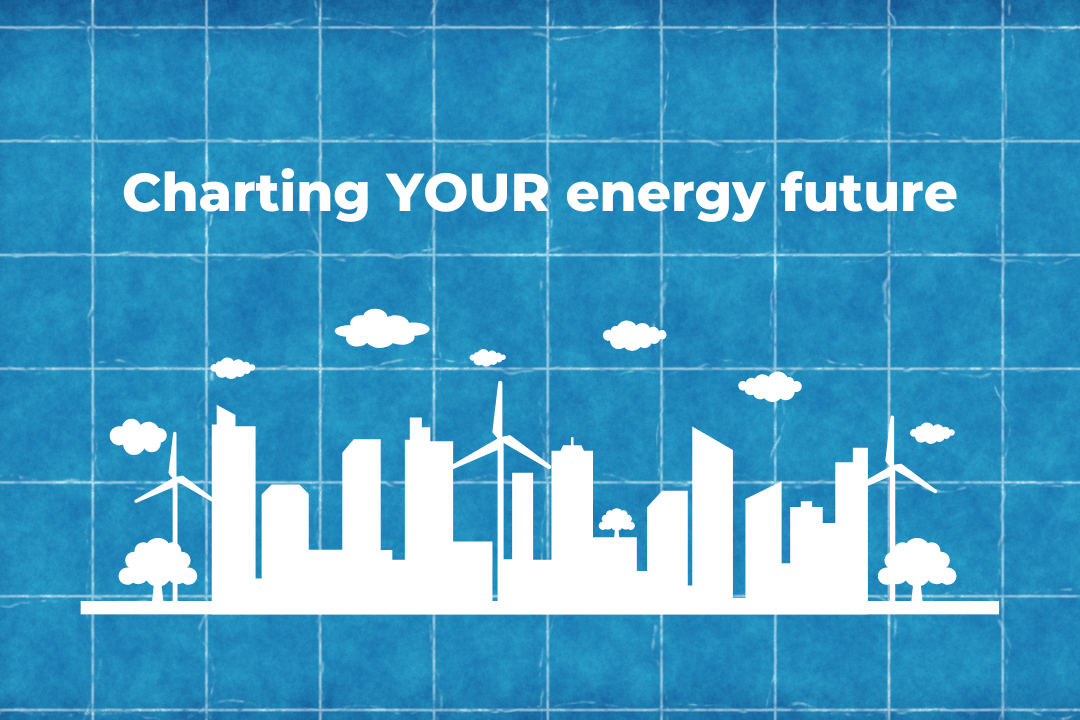An Integrated Resource Plan is a long term road map of how an energy company plans to adapt to unpredictable, and constantly evolving economic, political, and environmental changes which affect the sustainability, affordability, and legality of their energy resources (Rocky Mountain Institute).
The Louisiana Public Service Commission (LPSC), the government agency elected to regulate energy companies in Louisiana, defines it as, “A type of utility planning process that develops long-range resource plans by seeking the optimal combination of resources (including demand, supply-side, and possibly other options) to meet forecasted load requirements at the lowest reasonable total cost, subject to various objectives and constraints, including but not limited to reliability, planning, regulatory, environmental and operational requirements” (Docket R-30021).

.
In other words, an IRP is a tool used by energy companies to decide which sources of power they should rely on in the future. This model takes into account both reducing how much energy is demanded by the consumer (Demand Side Management) through methods such as increasing energy efficiency, and determining what resources the company will rely on to supply the consumer with power (Supply Side Management). The energy demanded by consumers must be met by the companies supply. This equilibrium is referred to in the above definition as the forecasted load requirement.
The process of identifying an action plan includes first, determining a “Resource Acquisition Plan”, which refers to the combination of resources that are most affordable, reliable, as well as environmentally and governmentally sustainable. Once this has been established, it is paired with a specific “Future”, which refers to the future macroeconomic environment that the company believes is most likely to occur. The “Future” is determined using primarily subjective, qualitative predictions about the nature of the economy, environment, and government regulation in regards to both the energy sector and the overall economy as it relates to its demand for energy. The pairing of the Resource Acquisition Plan and a Future forms a “Portfolio” which constitutes the company’s direction going forward for the next 20 years. Some best practices to follow throughout this process, as defined by the IRP subcommittee of South Carolina, can be found in the list below.
Today, Louisiana is one of 33 states which requires its energy companies to file a publicly available IRP, typically planned for 15-20 years into the future, and updated every two or three years (Advanced Energy United). States without such existing guidelines are mostly moving towards them or have a similar process that ensures energy accountability and transparency. Such requirements began to emerge in the US in the 1980’s as a way to increase resource diversity, reduce reliance on foreign oil, and integrate both supply side and demand side management tactics into the plans of energy companies. In Louisiana, the earliest recorded governmental guideline regarding IRP’s dates to 2007, when rules defining and requiring an Integrated Resource Planning process were established as a result of regulator’s desires to stay informed and engaged during the energy planning process (Docket R-30021).
Before these statewide requirements were established, the city of New Orleans implemented “Least Cost Planning”, requirements in 1991, which were similarly designed to compel utility companies to be more transparent with their energy plans. In Louisiana, IRP proceedings are initiated when a utility files a ‘draft IRP’, the proceeding continues for approximately a year, including multiple rounds of feedback from stakeholders in the form of written comments. Following the LPSC’s 2007 guidelines, Entergy Louisiana LLC. (ELL) filed its first IRP in 2012, updating it in 2015, and most recently again in 2018. Entergy New Orleans (ENO), conducted its first IRP in 2008 (Docket UD-08-02) and has updated it in 2012, 2015, and 2018.
Where: New Orleans City Hall (1300 Perdido St.)
When: Friday, August 9th, 2019 1-3 pm
What: Come learn about Entergy’s Integrated Resource Plan (IRP) – the Key to Long-term Energy Efficiency. This is the planning process by which Entergy estimates its future power supply needs and assesses the resources available to it to meet those needs.
ENO will present its report to the public and hear public comment regarding it. This is your opportunity to let your voice be heard! Let us know you’re coming on Facebook here.
We’re going to continue to dive into these most recent reports, highlighting the current resource portfolio of both companies, the goals, assumptions, and plans presented in their most recent IRP’s, as well as the blatant model rigging in favor of fossil fuels present in some of the companies reports.
“Integrated Resource Plan,” Rocky Mountain Power, www.pacificorp.com/energy/integrated-resource-plan.html
“Demand Side Management,” Pacificorp, www.pacificorp.com/es/dsm.html
“In re: Development and Implementation of Rule for Integrated Resource Planning for Electric Utilities,” Docket No. R-30021-LPSC, 2012, www.entergy-louisiana.com/userfiles/content/irp/LPSC_General_Order_R30021.pdf
“Energy in Action: IRP Guidelines”, Energy.Sc.Gov/EnergyPlan, www.entergy-louisiana.com/userfiles/content/irp/LPSC_General_Order_R30021.pdf
Girouard, Coley. “Understanding IRP’s: How Utilities Plan for the Future,” Advanced Energy Economy, Aug. 2015. blog.aee.net/understanding-irps-how-utilities-plan-for-the-future
“Of Regular Meeting of the Council of the City of New Orleans Helf in the Council Chamber,” New Orleans City Hall, Oct. 1994, library.municode.com/la/new_orleans/munidocs/munidocs?nodeId=M7141994-10-20PDF
“What is Supply Side Energy Management?” Direct Energy Management, business.directenergy.com/understanding-energy/what-is-supply-side-energy-management